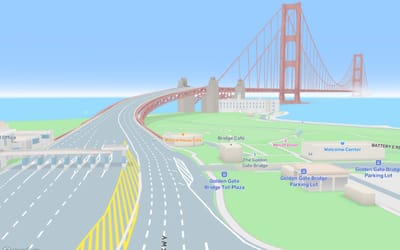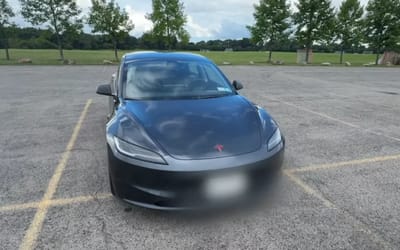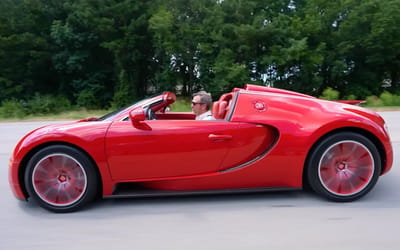The infrastructure required to support flying car travel
- Flying cars are just around the corner
- But they aren’t all that we need to travel in cars in the sky
- Certain infrastructure needs to be set up before such cars are available for everyone
Published on May 12, 2024 at 11:51 AM (UTC+4)
by Siddharth Dudeja
Last updated on Nov 22, 2024 at 4:29 PM (UTC+4)
Edited by
Nalin Rawat
Believe it or not, we aren’t far from times when flying car travel, or specialized flying cars, is as commonplace as calling a cab to get to work.
When active, flying cars will be extremely convenient because it’s basically a brand-new way to travel.
But every good thing isn’t perfect — there’s a lot of work, especially infrastructure, that must be set up beforehand.
Where will they take off and land? Who will manage them? What about air traffic?
These surely seem like real problems, and it’s essential to address them before we happily ride in a flying car.
READ MORE: Most iconic flying cars in movies and pop culture: from science fiction to reality
Vertiport, the airport for flying cars
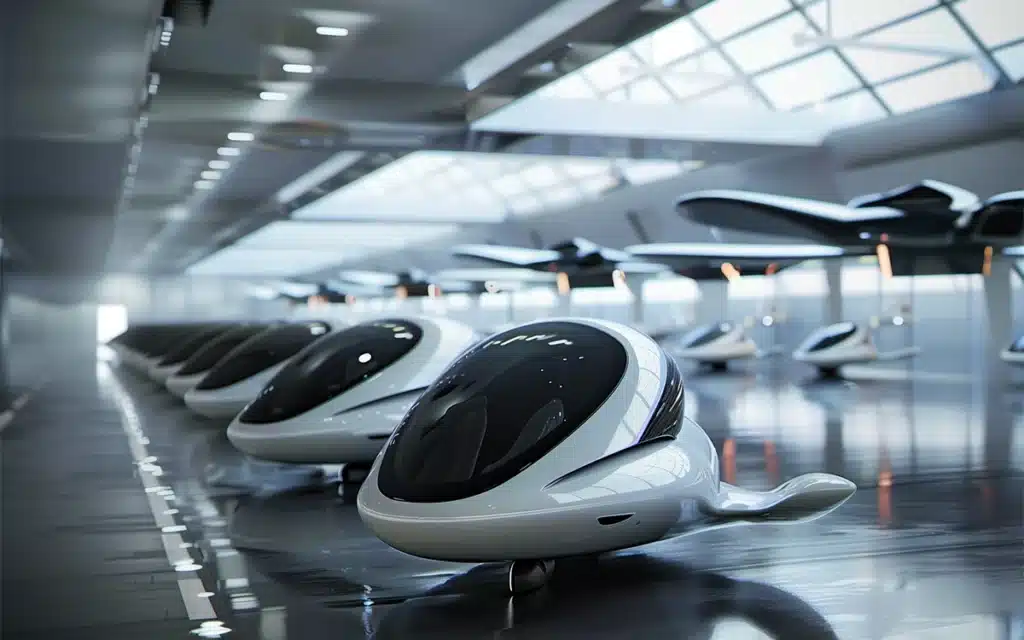
Whether you call it a flying car, an eVTOL, or an air taxi, these vertical take-off and landing (VTOL) vehicles are the future.
We have taxi stands for regular cabs and Uber to call one if you’re in a hurry.
But calling a luxury air taxi to your office doesn’t seem like the best idea, does it?
The ‘flying’ part in the name makes it slightly different from regular cars.
If they fly, then they need a dedicated place to take off and land.
Sure, airports are the answer, right?
Likely not — because as time passes, most major airports, even smaller ones are close to maximizing their capacity.
So, if regular airports don’t cut it, we need vertiports — mini airports for flying cars.
The only problem is we don’t have them yet.
While major countries are racing to get these flying vehicles in the air, there’s not much clarity about developing vertiports.
When set up and running, the mini airports will become a hub for all air cars and other eVTOLS, like drones, in a set vicinity, enabling efficient travel.
Flying car air traffic control
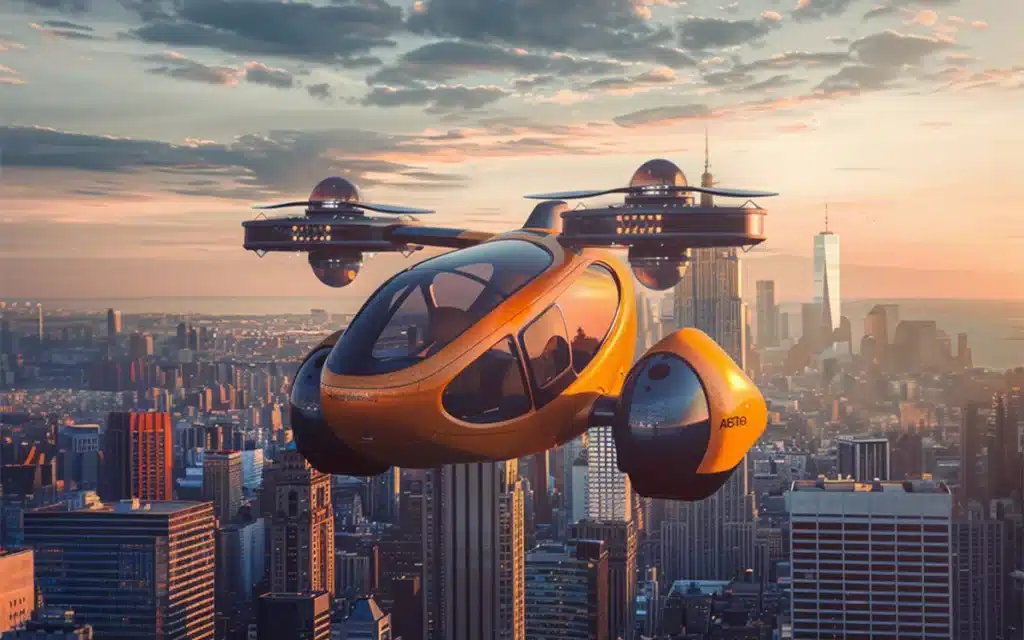
To this day, the entire world is dealing with a major traffic crisis on the ground.
It’s already complicated enough for regular cars and imagine hundreds of air taxis racing the skies unregulated.
Seems like a bad idea, doesn’t it?
Similar to airplanes, we will need an extensive network of air traffic management authorities in every country.
There’s also one important thing — the skies aren’t empty.
Air traffic control for such cars will require extensive communication with that of airplanes.
Take a busy route, such as New York to Los Angeles, for example — there are many flights every day.
The route can only accommodate a certain amount of airplanes during the day.
And if flying cars were to enter that stream, we would need alternative aerial pathways to accommodate them.
You wouldn’t want the next sci-fi movie in five years to feature a flying car saying hello to a Boeing 737, would you?
Noise and safety precautions
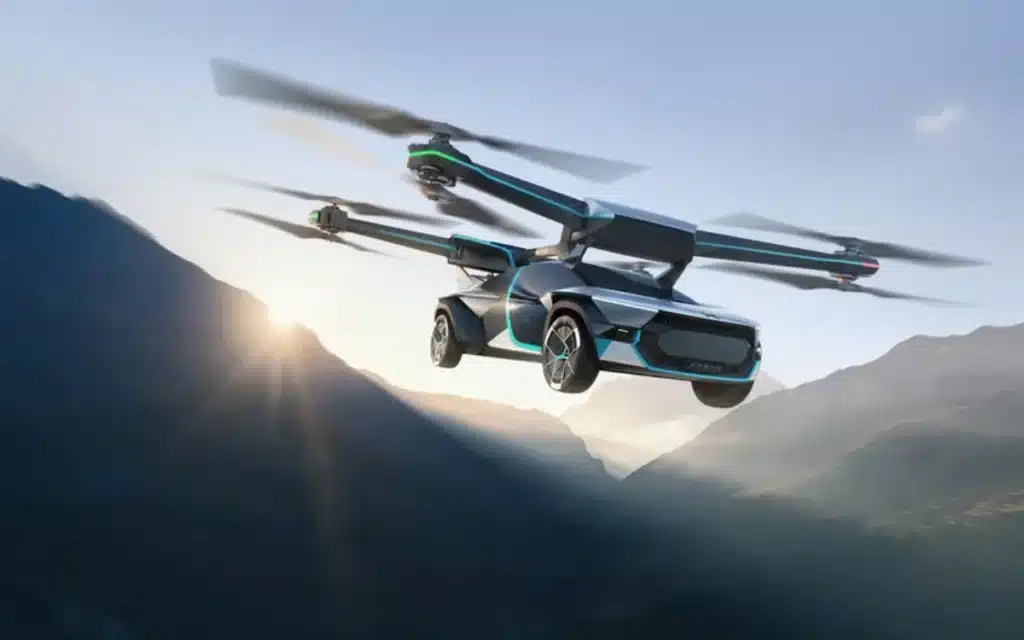
As fun and futuristic as the newer eVTOLS may seem, companies making flying cars will also have to consider safety and noise regulations.
It’s mostly car and aviation companies that are currently working on creating eVTOLs.
For instance, Boeing plans to take these air taxis in the air by 2030.
Current VTOLs aren’t as compact as the next-gen ones, mostly due to their large wingspan and enormous engines.
Take the F-35 Lighting, which can take-off and land like a helicopter, for example.
It’s a supersonic aircraft with incredible stealth features, but it’s also large and might produce a lot of noise in specific scenarios.
Not to forget that Concorde’s sonic boom, which an entire city could hear, was among the reasons why it went away from the skies.
Further, endless accidents on the road happen every day, but accidents in the air may be much more fatal.
We will need thorough safety regulations as a standard to ensure safe flying car travel.
Now, many problems need to be addressed to ensure the success of flying cars.
But seeing the dedication and demand for them, some governments might fast-track the process.
It will undoubtedly be interesting to see what the future holds for flying cars.
Some images used in this story were generated using AI.
DISCOVER SBX CARS: The global premium car auction platform powered by Supercar Blondie
